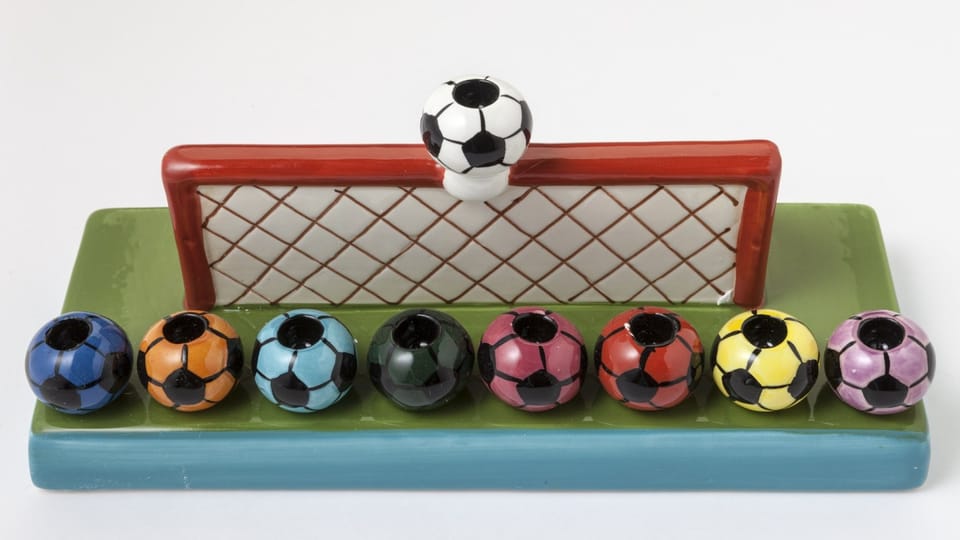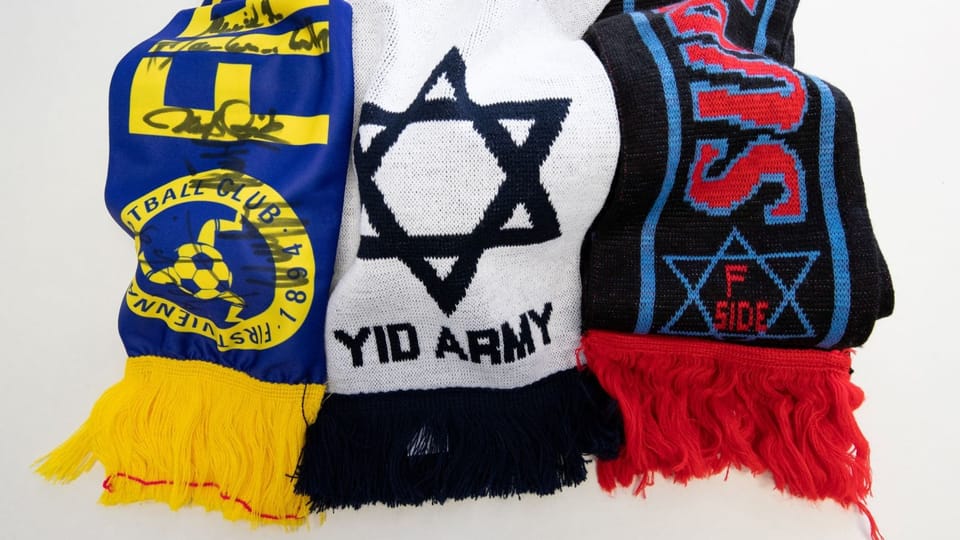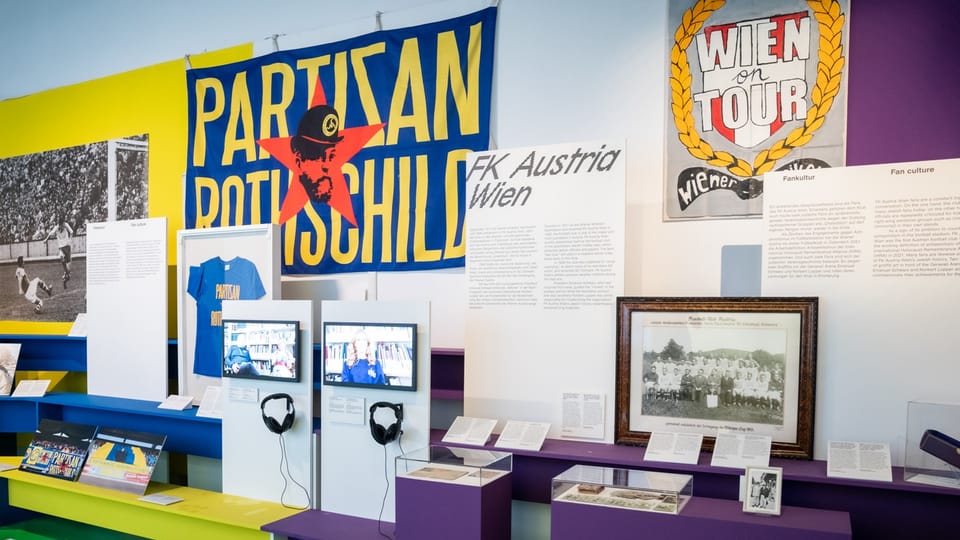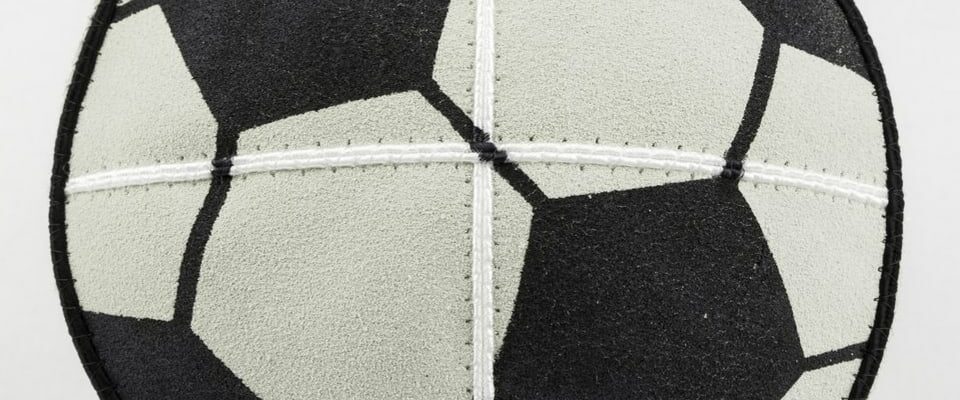Contents
What exactly makes a football club a Jewish club? The Jewish Museum Vienna finds surprising answers.
Sometimes the Tottenham Hotspur stadium (London) becomes a religious place. For example, a few days after Hamas’ attack on Israel: Before a home game of their favorite club, a small group of Jewish fans met in the catacombs for a Kaddish, a funeral prayer. Tottenham fans remembered the victims of terror.
Tottenham fans discriminated against as “Yids”.
In the long history of Tottenham Hotspur, founded in 1882, Jewish fans and players have been in the minority. Nevertheless, the club has a Jewish identity. The reason: From the 1940s onwards, many Tottenham fans who lived in the Jewish-dominated East End of London were discriminated against as “Yids” by their opponents.
Legend:
Football kippah. Male Jews wear this head covering primarily when practicing their religion – or in the stadium.
Jewish Museum Vienna / Sebastian Gansrigler
“Many Tottenham fans adopted this term and from then on self-deprecatingly referred to themselves as the ‘Yid Army,’” explains anti-Semitism expert Pavel Brunssen, who researches Jewish identities in football.
Kippas in club colors
The Jewish Museum Vienna is now dedicating an exhibition to football that will last until mid-January. Their title “Super Jews” goes back to Amsterdam. Fans of the Ajax club had to endure anti-Semitic hostility there as early as the 1970s. “As a counter-movement, Ajax fans founded the ‘Super Jews’ group,” says historian Agnes Meisinger, who helped curate the exhibition.

Legend:
Hanukkah with a difference: The traditional eight-armed candlestick with a ninth servant light, whose candles are lit for the Jewish festival of Hanukkah, in a football look.
Jewish Museum Munich
The Jewish Museum Vienna presents a total of more than 40 objects from Jewish football: Kippas in club colors. Flags and scarves with Star of David. Trophies, pins and historical documents. There are also explanations in a bilingual exhibition catalogue.
Anti-Semitism in the stadium
Using Tottenham and Ajax as examples, curator Agnes Meisinger also discusses the question of whether football trivializes religious issues. “It is a form of cultural appropriation that is meant to be positive,” says Meisinger. In London, the football association, NGOs and the Jewish community have launched campaigns against the use of the term “Yids”. “But the fans don’t want to be banned from doing that.”

Legend:
The largely non-Jewish fan groups “Superjoden” (Ajax) and “Yid Army” (Tottenham) are adopting a Jewish identity in order to counter anti-Semitic attacks from opposing fans.
Jewish Museum Vienna / Tobias de St. Julien
A debate is also taking place around Ajax Amsterdam. Fans there regularly have to endure anti-Semitic chants from their opponents, reports scientist Pavel Brunssen. For example, the hate chant: “Hamas, Hamas, Jews in the gas.” How will this behavior change after the attack on Israel by the terrorist group Hamas?

Legend:
The exhibition focuses on the history of the clubs First Vienna FC 1894, FK Austria Wien, FC Bayern Munich, Ajax Amsterdam and Tottenham Hotspur FC and their fans.
Jewish Museum Vienna / David Bohmann
The “Super Jews” exhibition is accompanied by a program: guided tours, workshops, discussions with former footballers. The Jewish Museum Vienna would like to engage with students and young athletes in an exchange about Judaism, about religion, culture, identity, but also about anti-Semitism in the stadium. It is a topic that will continue to be relevant.
